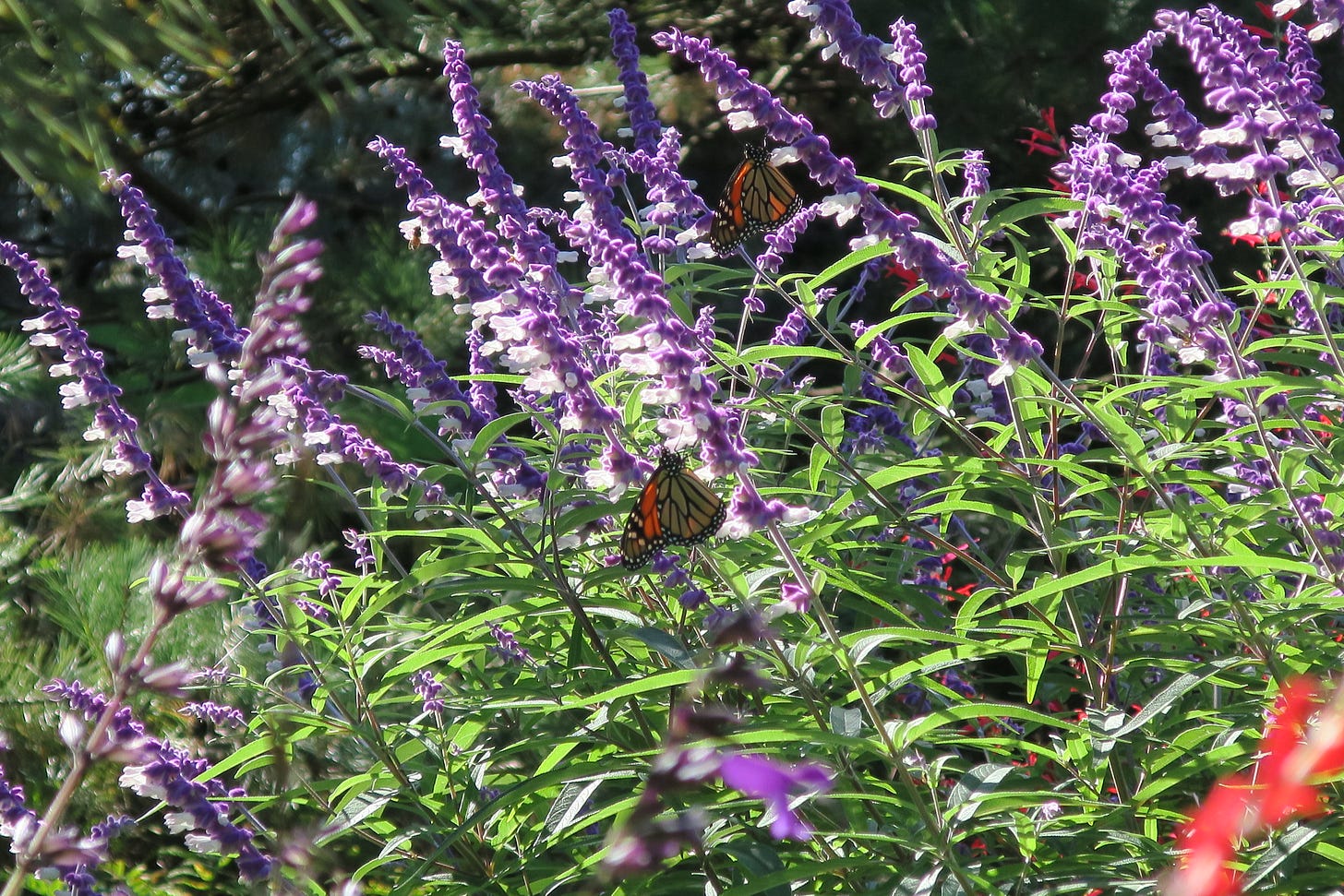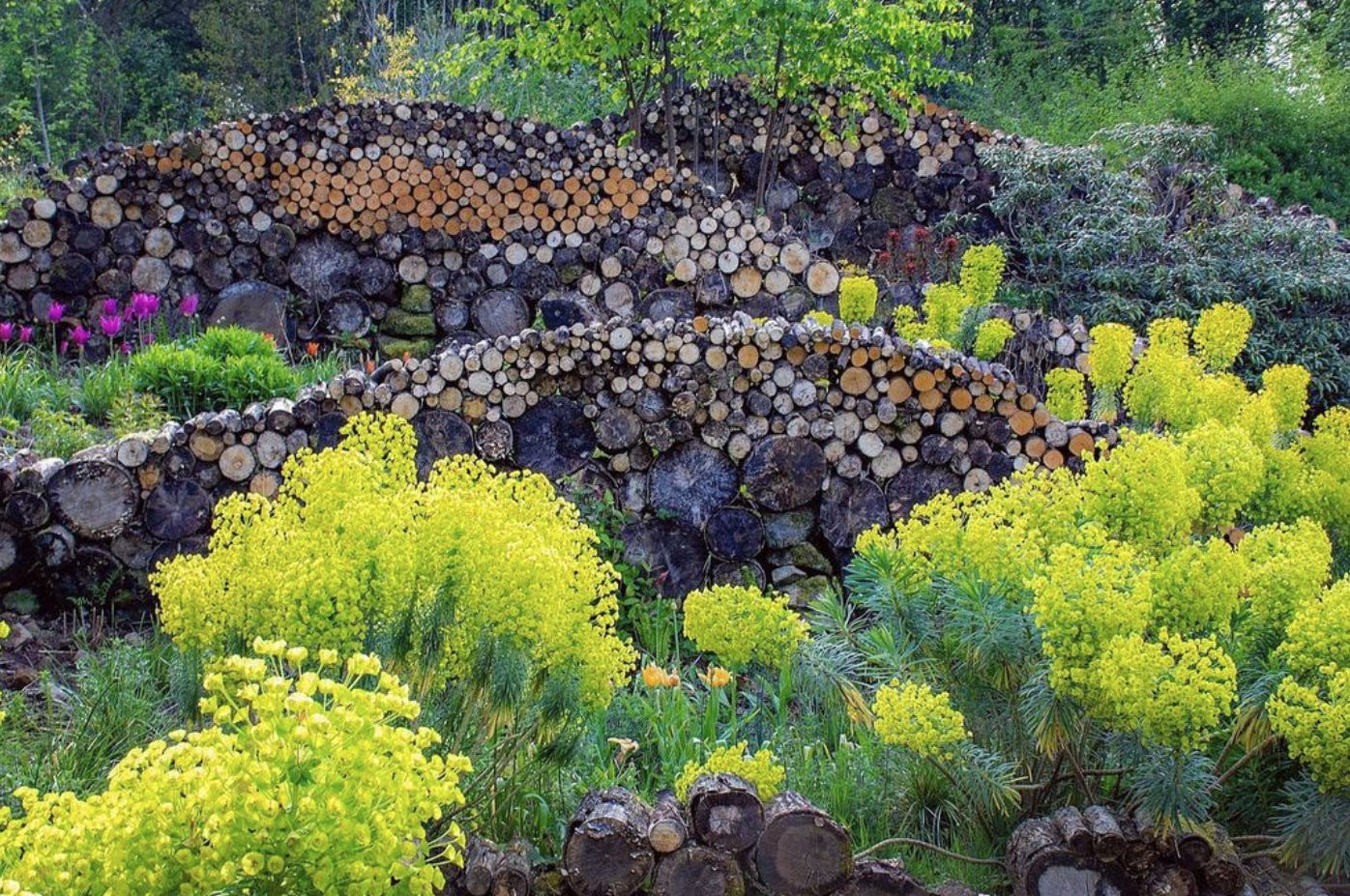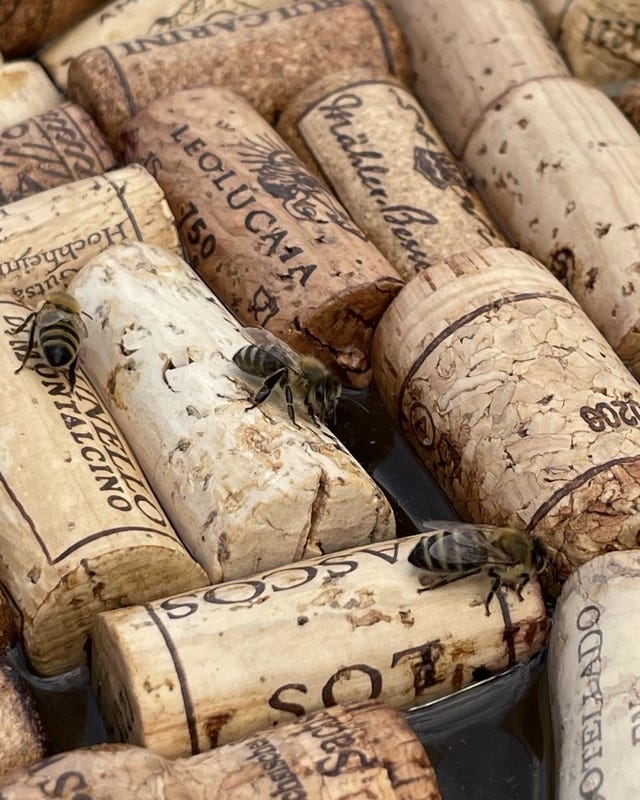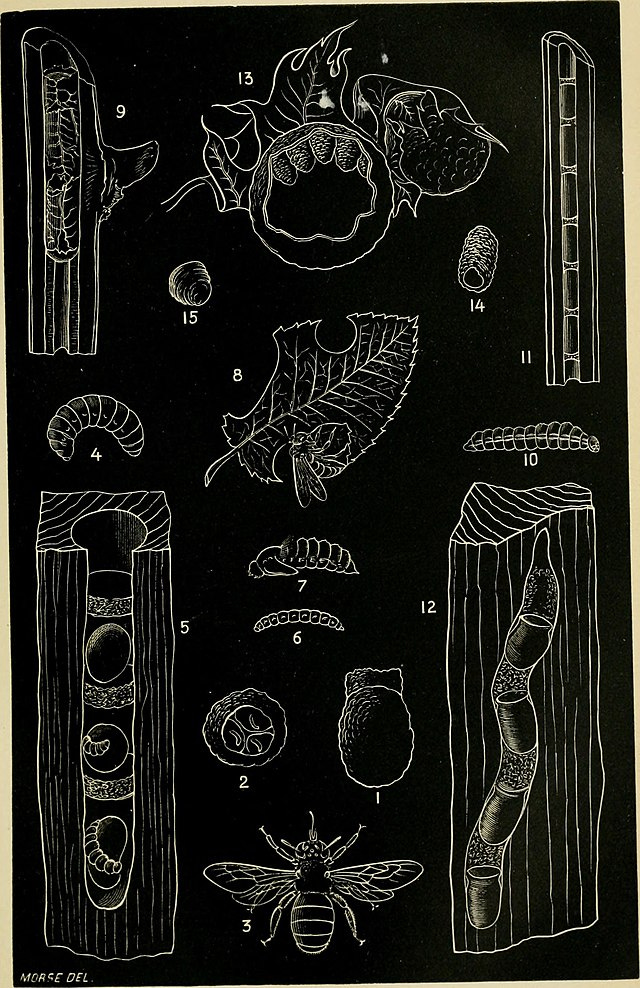Rewilding is a Spectrum: The Latest Pollinator-Friendly Practices
With this years, Best Practices for Pollinators Summit coming up (March 7-9th, 2023), I'm reminded that it's also time to update our knowledge base.
Although I do understand when people get confused or frustrated by posts about the latest ‘rights’ and ‘wrongs’ of habitat gardening, learning is one of my favourite things about this career. Horticulture is a constantly changing set of practices and ideas and there’s always something new to try. But, I do have to say that I don’t believe that any of is black and white. Like most things, rewilding is a spectrum.
So, today, I’ll share the latest tips that I’ve picked up to help encourage wildlife in the garden, from solitary bees to beetles, birds and reptiles. But don’t feel that you have to make massive changes if any of this is entirely new to you, take what works best in your space and do what you can, every bit helps.
Think of the garden as a series of smaller habitats that join together, like the tiles of a mosaic.
Try leaving snags and deadwood for beetles and solitary bees to nest in. They don’t have to be messy though, the bugs don’t care. Deadhedges, stumps and woodpiles can all add a sculptural element that’s pleasing to the eye.
Nigel Dunnett’s sculptural woodpiles, functional with beauty.
Add water if it’s lacking. Be it an ornamental fountain or water dish, birds and insects need water to hydrate. And don’t forget that bees have short legs, so they prefer a small ledge to land on, pebbles driftwood or even corks work great.
Floating corks make great rafts for thirsty bees.
Leave perennials standing and organic debris on the soil surface through winter months. They provide cover and food for a variety of wildlife.
During your spring cut back, leave a stubble of 18-24” on hollow-stemmed perennials, in places where they won’t be disturbed for 18 months. This gives solitary bees a chance to build nests and for their young to develop before they emerge the following year.
Guide to the study of insects and a treatise on those injurious and beneficial to crops, for the use of colleges, farm-schools, and agriculturists (1889).
Allow some areas to stay wild, grasses, fallen leaves and small debris are all important to a number of insects and reptiles. This can be done in less visible spaces, if you find it too messy.
A great poster from Healthy Yards.
If you prefer mulch, use leaf mold, so that soil-nesting bees can still access their nests.
If you want to use artificial bee houses, try not to leave clumps or bundles of stems in wet areas as they can invite parasites.
Try mowing and chopping back plant material in sections. Rotating areas ensures that some habitat and food is always available.
Rotational cutbacks through the season, help prolong bloom times (Virens Studio).
And as always, avoid chemicals and disturbing soil as much as possible while encouraging plant diversity (including some natives). I always go for small amounts of meaningful maintenance over loads to tasks that you’re ‘supposed’ to do. I’m constantly asking myself, what am I doing? why am I doing it? and is there a better way? Not only does it encourage good ecological practice, but it gives you more time to enjoy the space.
Sara-Jane at Virens Studio
We’re a Vancouver, Canada based studio that specializes in Ecological Planting Design, Urban Greening and Garden Writing. Feel free to drop us a line with any comments or questions, and let us know if you’ll be attending the, Best Practices for Pollinator Summit or any other fabulous horticultural seminars this spring.








I just found your newsletter and am enjoying it! Thank you. I wonder if you might share more about your first tip about the garden being a mosaic of smaller habitats? I have a new yard with no landscaping, and I'm so unsure of how to start. Thinking in terms of smaller habitats resonates with me. But how to tie them all together?